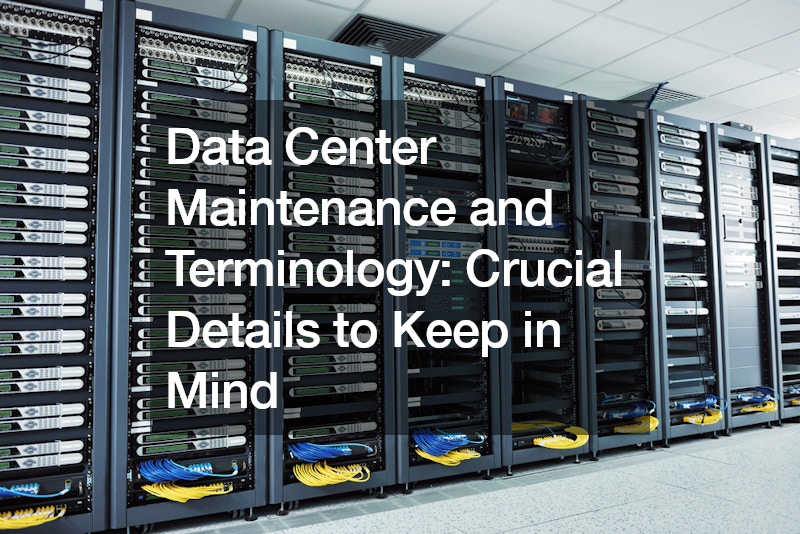Data centers have to have specific structures, from the components and cables to data center flooring options that help with heat management. The video focuses on layout, connectivity, and other crucial aspects of running a data center. Here are a few of the most critical to keep in mind.
Network topology: This means how the components of the data center are laid out.
It specifically refers to how this impacts the network connectivity across the center. Not all data centers have the same topology, although a very common one is three-tier architecture with core, aggregation, and access layers.
Meet-me room: The access layer is here, in the meet-me room (MMR). Internet service providers (ISPs) and cable carriers are just two examples of entities that may need to access data directly from the center rather than have it routed through multiple points across a network. MMRs are highly secure without granting access to other parts of the data center.
Fiber connectivity: Data center equipment is stored in specialist racks and connected with patch cords, normally made of fiber optic cable. These are called point-to-point connections. Trunk cables contain multiple fiber connections and save space and connection points where many connections are required.
Understanding data center terminology helps everyone, particularly those interested in data management. Every aspect of the data center contributes to its success.

